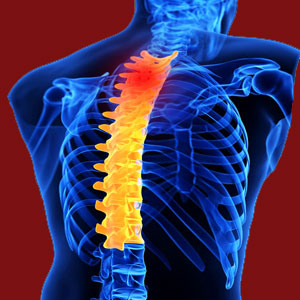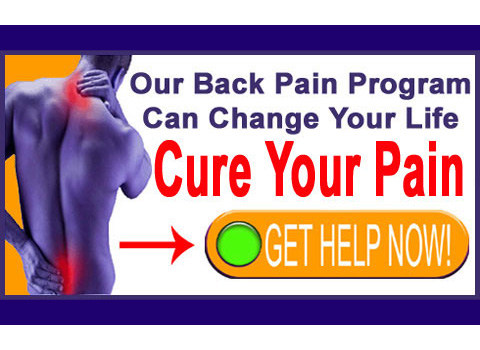
Nonsurgical facet joint treatment is always a preferred path towards relief compared to invasive therapy. Spinal surgery is never an undertaking to be considered lightly and most patients should be sure to exhaust their conservative treatment options before acquiescing to surgical intervention for facet joint pain.
There are many nonsurgical treatments available for facet joint problems. However, most of these care methods are considered symptomatic treatment and will have no real hope of providing a cure. For patients who want curative care that will end facet joint pain without the need for additional treatment, nonsurgical care only offers a few options.
This discussion delves into the nonsurgical facet joint syndrome care sector. We will detail symptomatic and curative treatments for chronic facet joint pain. We will also discuss the reasons why patients may want to avoid spinal operations whenever possible.
Nonsurgical Facet Joint Treatment Benefits and Risks
Nonsurgical care provides one indisputable benefit that can not be denied: It allows patients to avoid the significant risks and pain associated with all forms of operations. However, since spinal surgery might provide a cure, this benefit might be very subjective in its application.
Nonsurgical care is less disruptive to a patient’s life and allows most patients to function normally (to their ability) during care. Patients do not have to stay in the hospital or endure extended recovery times, as might be necessary for surgical care.
Nonsurgical care can be very effective in both symptomatic and curative approaches. However, in some cases, a spinal operation is objectively the best path towards a successful cure for some patients with some verified types of facet joint pathology.
Symptomatic Noninvasive Facet Joint Treatment
Symptom-targeting care does not seek to actually resolve the cause of pain. Instead, it simply reduces the severity and functional impact of pain, allowing the patient to continue forward in life, despite their continued suffering. Symptomatic treatment is always considered substandard to curative care and should not be provided long-term if a cure is available, unless particular circumstances prevent curative measures from being implemented.
Symptomatic care is very commonly utilized for facet joint pain, while surgical care is held in reserve for truly severe case profiles. Some of the more common and effective forms of symptom-based treatment include chiropractic, massage, TENS, drug therapy, facet joint injections, acupuncture, as well as exercises and stretches.
Curative Nonsurgical Facet Joint Treatment
Curative nonsurgical treatment for facet joint pain only comes in 2 primary varieties. Nonsurgical spinal decompression treatment is not really designed to cure facet joint syndrome, but the results of therapy are good for most patients and therefore the treatment can be classified as being curative for some facet joint pathologies.
Decompression works best for facet joint osteophytes that are interfering with nerve root functionality by blocking the foraminal openings, as well as some minor mechanical joint dysfunction. Decompression is less successful for providing relief from facet hypertrophy or specific conditions affecting the soft tissues of the facet joints.
Spinal decompression can be provided using manual forms of therapy, such as Cox Technic or by a computer-controlled system like the DRX-9000, AccuSpina, Antalgic Trak, Hill DT or VAX-D devices. Theoretically, inversion therapy may also provide some benefits using decompression for facet joint pain and certainly offers hope for patients who want a noninvasive cure without access to the expensive and limited supply treatments listed above.
The other notable form of curative nonsurgical treatment for facet joint symptomology relies on the diagnosis being incorrect, which it often is… Knowledge therapy has shown the very best results of all nonsurgical treatments when it comes to ending chronic pain for good. The reason for this is that most back pain and many additional chronic pain conditions are incorrectly blamed on structural abnormality, when the true source resides elsewhere. Facet joint pain is certainly a primary example of a diagnosis where this occurs quite often, since the facet joints can act as convincing scapegoats for pain.
Knowledge therapy earns our recommendation, since it is safe, effective and universally applicable by all patients. This is why we integrated the very best practices into our own proprietary pain relief program which has helped countless people around the world to permanently end their suffering.
Facet Joint Pain > Facet Syndrome Relief > Nonsurgical Facet Joint Treatment





